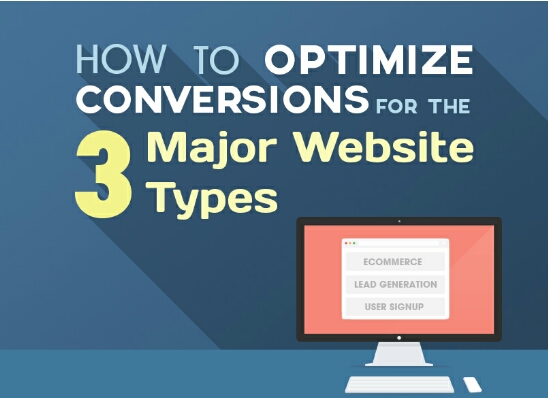What to Learn from IKEA On User Experience
My husband and I recently bought a new home in the urban but antiquated town of Mt. Lookout in Cincinnati, OH. Being as it is our first home and more space than our usual 900sf, we required some furnishings. What does one think about when they have to furnish almost an entire home; how much can I stretch my dollar? Enter in IKEA. To our delight, and to my bank account’s demise, the notorious moderately- priced home furnishings mega brand was only 20 minutes away! Hip-hip hooray! We spent an entire day in this store and from the very first moment we walked in the experience was engaging, fun and rather addicting. Taking into consideration all of these wonderful emotions it was also a bit overwhelming and at the very end, a bit aggravating. Will this stop us from returning, not in the least.
So how does this relate to designing and architecting for the web? When we start creating a wireframe or start planning a user-flow we can begin to see the different paths the user might take. All of these paths will cause them to have different emotions. Analyzing the paths I took in the IKEA store, we can learn how to control user’s paths and give them the most desirable experience possible.
Set the Tone with First Impressions
From the very first moment you walk-in IKEA you are greeted with a smile from a friendly employee and a large yellow bag to put items in you will inevitably purchase. Right next to the bags are huge bins filled with many new and trendy items that you obviously just have to have! Genius!
Your homepage is your first impression. The homepage should say in the most concise way possible, who you are and what you do. It’s a bright bag for you users to fill with hot topics and tantalizing tidbits as they click and want to learn more. Are you giving your user’s what they need right from the beginning?
Give Users Options While Creating Shortcuts
The IKEA Maze, as it has become notorious for, is to keep people interested and shopping. The architects of their floorplans want to give people options incase they don’t know what they are looking for. Therefor their store has different paths you can take to get right to a certain department.
A well developed layout on all pages is just as important as one on the homepage. Use these inside pages that have a larger amount of content to call-out important topics from other parts of the site that your users might not have known they wanted. What are the topics you think they could be interested in and what do you want them to take away?
Exits Shouldn’t be Difficult to Find
The only real issue with my experience in IKEA was at the end. That day my husband and I spent many hours going through pathways, hallways and doorways of their impressive layout and at the end of our journey we just wanted to check-out! Surprisingly enough it was difficult to know where to actually purchase my must-have trinkets.
Your user should always know where they are in the site. A clear typographic scale in all navigation areas will help insure this. Make active states easy to deduce from inactive states. Titles for pages can be unique but should be easy to find. Also, editing the amount of pages and controlling the different types of navigation you have will keep them from not being overwhelmed.
An Enjoyable Experience
The user experience of a website or web app should be engaging and never difficult to navigate. Your users should always know where they are, where they were and where they are going. By not aggravating the user with too many options the experience can be enthralling and the important information is digested.











